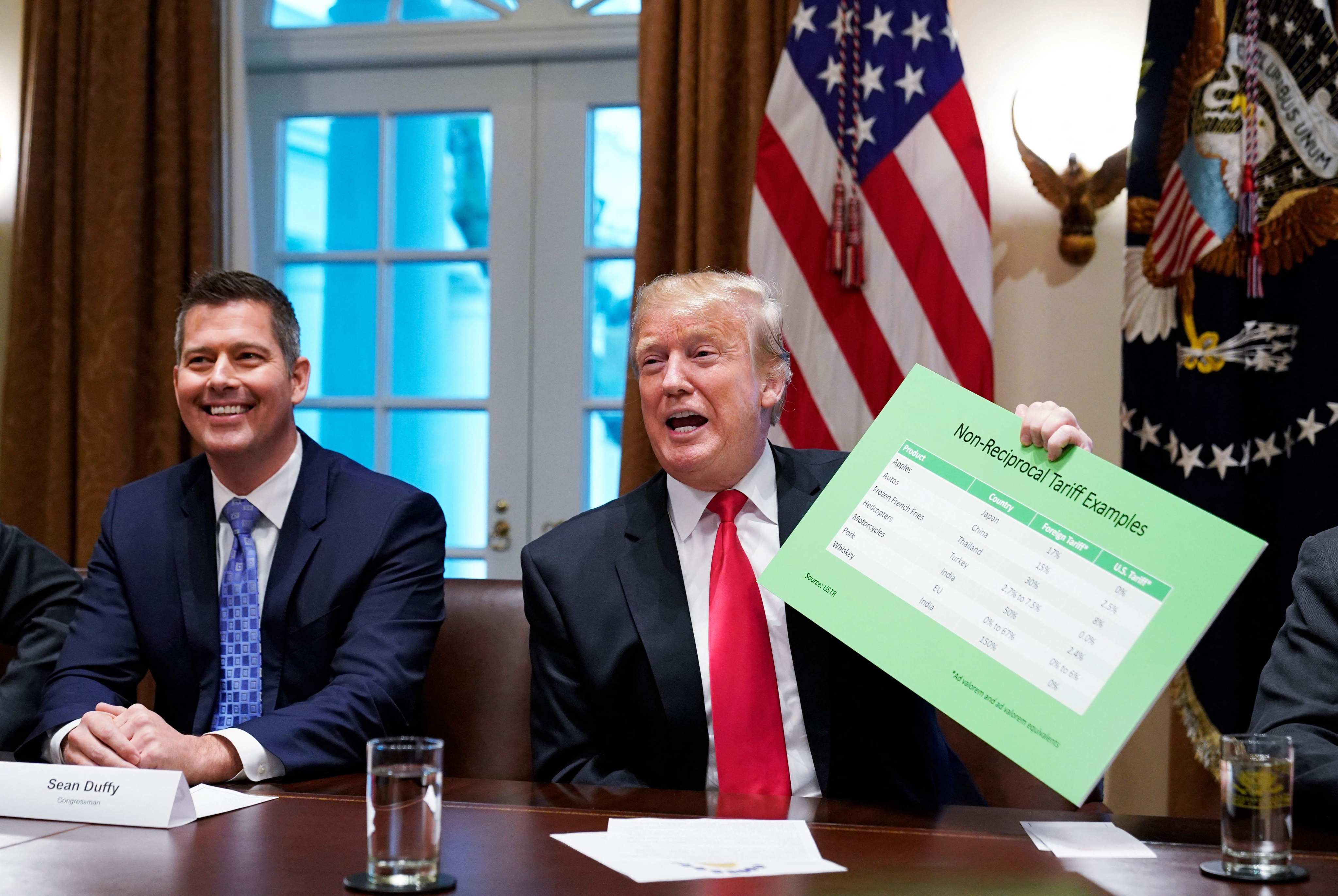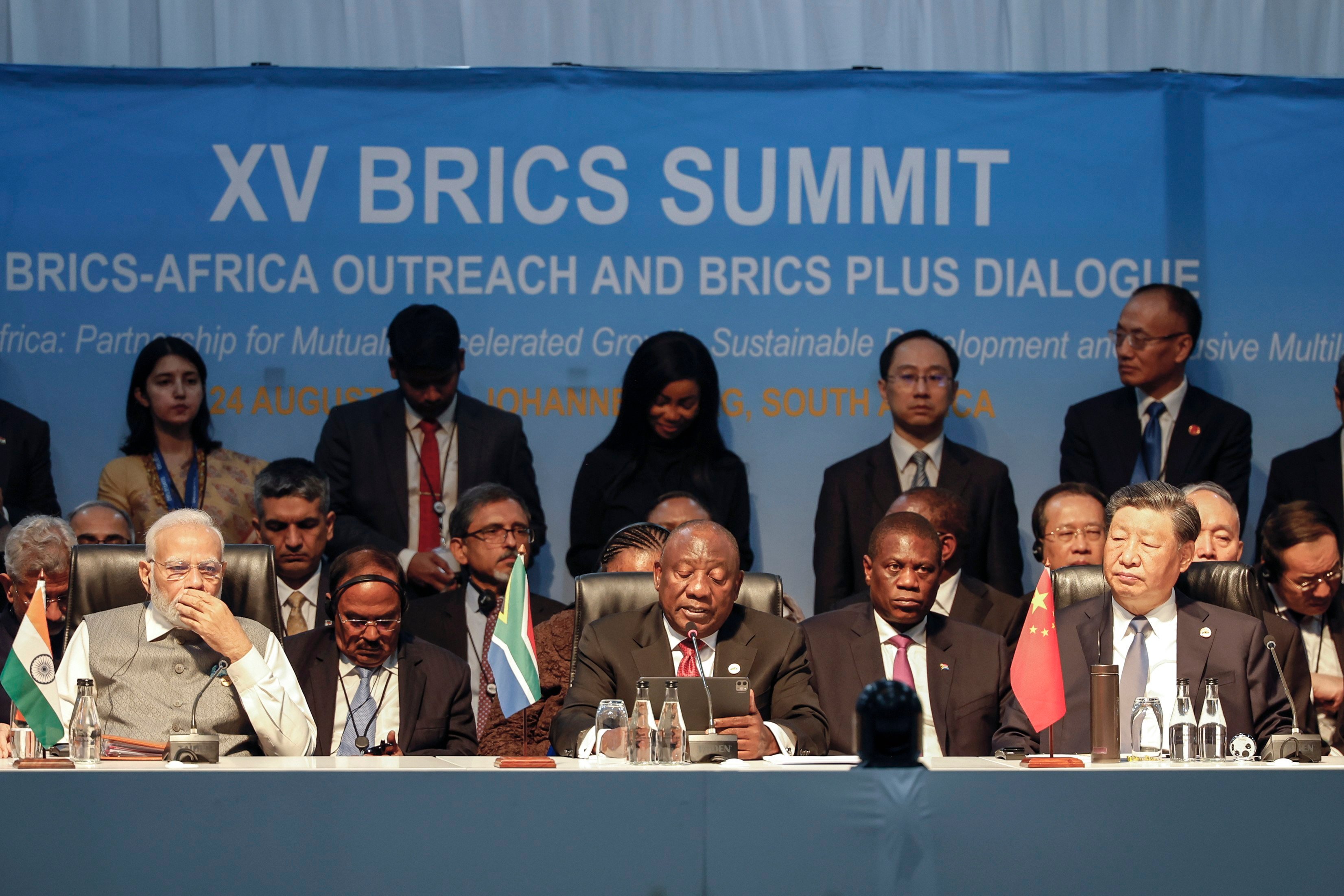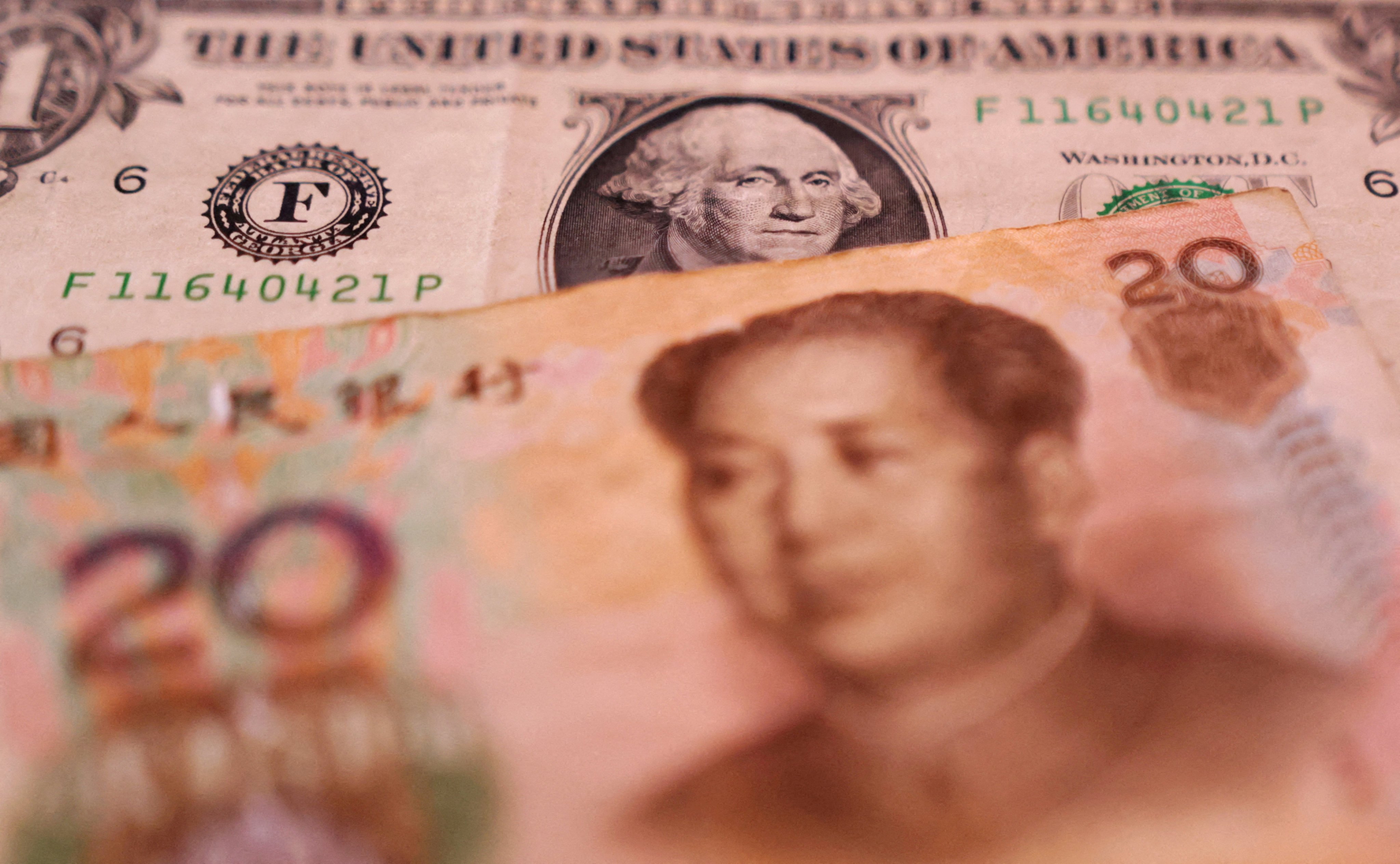TOPIC
Macroscope
Macroscope
Daily insight on the hottest topics in the global economy, central bank policymaking and international trade flows, putting developments in their perspective for a China-oriented audience.
last updated:
9 September, 2024
Help preserve 120 years of quality journalism.
SUPPORT NOWAdvertisement
Advertisement
Advertisement
Advertisement
Advertisement
Advertisement
Advertisement
Advertisement
Advertisement
Advertisement
Advertisement
Advertisement












